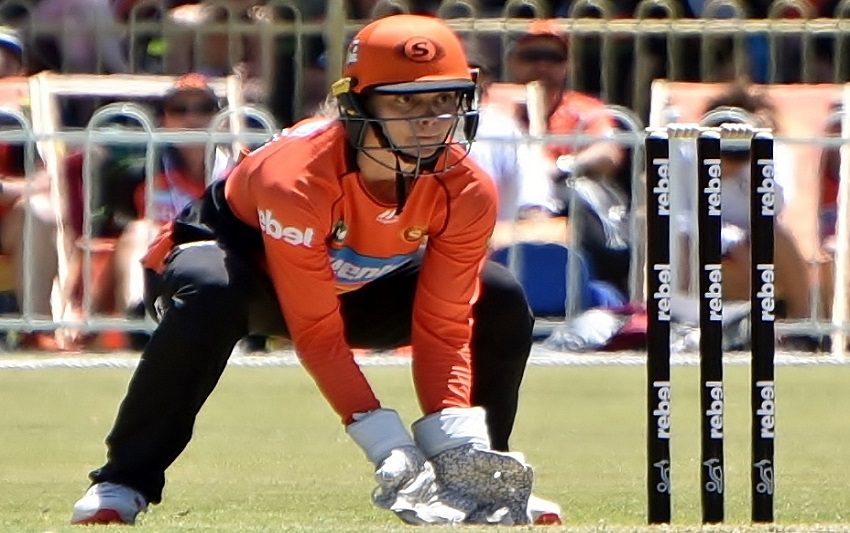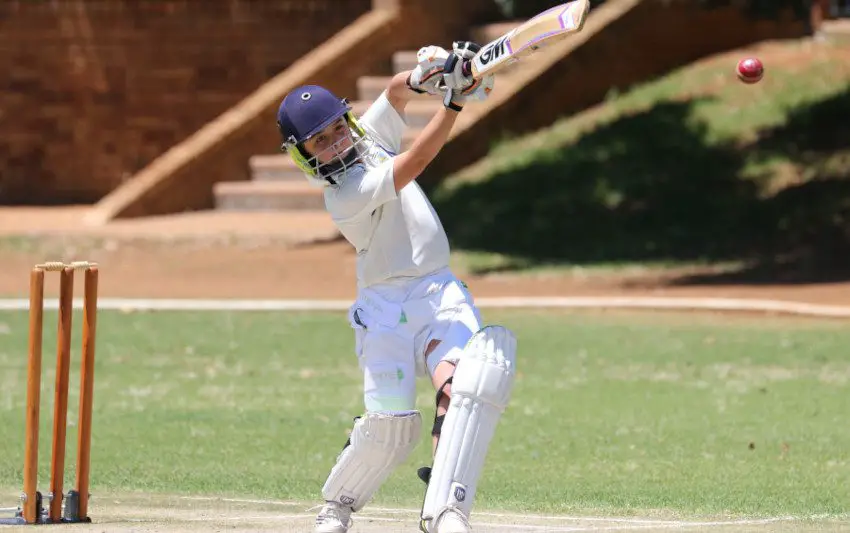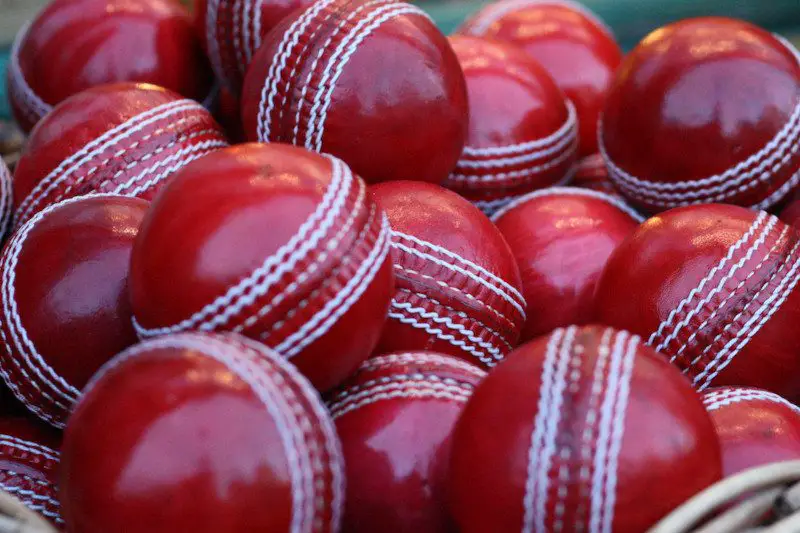Table of Contents
Whilst it is recommended that cricketers wear a mouthguard, they are not a common piece of protective equipment.
Cricketers wear a mouthguard in cricket so that their teeth are protected as much as possible. It is usually the wicketkeeper who will wear a mouthguard as they have the least amount of time to react to a ball once the batter has played their shot. A direct collision with the ball to the mouth is not a regular occurrence in cricket.
A dental trauma is more likely to occur from an unlucky bounce or a deflection from another fielder.
How Do I Know My Mouthguard Size?
There are a variety of sizes available for a mouthguard. As a rule of thumb, the mouthguard should cover all your teeth and end between your first and second molar teeth. It is useful to buy a couple of different sizes to try. Although it is important to note that these probably won’t be able to be returned once used.
How Do You Put a Mouthguard in Your Mouth?
Protecting the top teeth is the priority when it comes to cricket and other sports. The job of the mouthguard is to cushion teeth if they hit against each other. This prevents a lot of dental injuries. You should be able to breathe and speak whilst wearing a mouthguard. A mouthguard that doesn’t allow these things to happen comfortably may not have been put in properly. It is possible to remove a mouthguard during a game so that talking is clearer, but this is not the ideal scenario. You risk the guard coming into contact with dirt and sweat and it also takes time out of the game.
How Do You Mold a Mouthguard Step by Step?
This is surprisingly simple to do. Once you have bought a mouthguard, simply pop it into a pot of boiled water for about 30 seconds. It is important not to leave it in too long! Take out the mouthguard, carefully, and then bite down on it. Let the mouthguard cool and it is then ready to be used. Checking the fit and remolding might be necessary throughout the season. For those people who are having dental surgery or who have had braces fitted or removed, checking how the guard fits is very important.
Are Mouthguards Supposed to Stick to Your Teeth?
In short, no they are not. They should simply remain in place without the need to clench or bite on them. The key thing here is comfort. If the guard doesn’t feel right, then it needs remoulding. Certain mouth guards can be remoulded but they do need checking for damage and cracks.
Cricket Mouthguard Instructions
Select a Proper Mouthguard
The most common mouthguard is known as a boil and bite. Quite simply, it is purchased over the counter and then made to fit as explained earlier. Whilst these meet current guidelines, they are not the most effective in preventing dental injuries. Custom fit guards are far more effective and are fitted by a dental professional. More expensive but more effective. Choosing comfort and protection is the key.
Use a Mouthguard Case
Hygiene is the whole purpose of using a mouthguard case. They are quite often supplied with the guard anyway. Chucking your mouthguard into your bag without a case could lead to dirt, sweat and mud coming into contact with the guard. This is not going to be pleasant the next time it is worn so using the case is common sense.
Replace Your Mouthguard if Necessary
Like all equipment, general wear and tear lead to replacements being purchased. Also, if the mouthguard has had a serious impact from a ball, it is advisable to replace it in the same way you would replace a helmet after a significant blow. For younger players, replacing mouthguards will be more regular due to grow spurts and baby teeth being replaced by adult teeth.

Conclusion
Any piece of equipment that will help to protect you is a worthwhile investment. Tooth loss can be both painful and expensive to correct. If buying a properly fitted mouthguard helps prevent this, then it is a good purchase.


